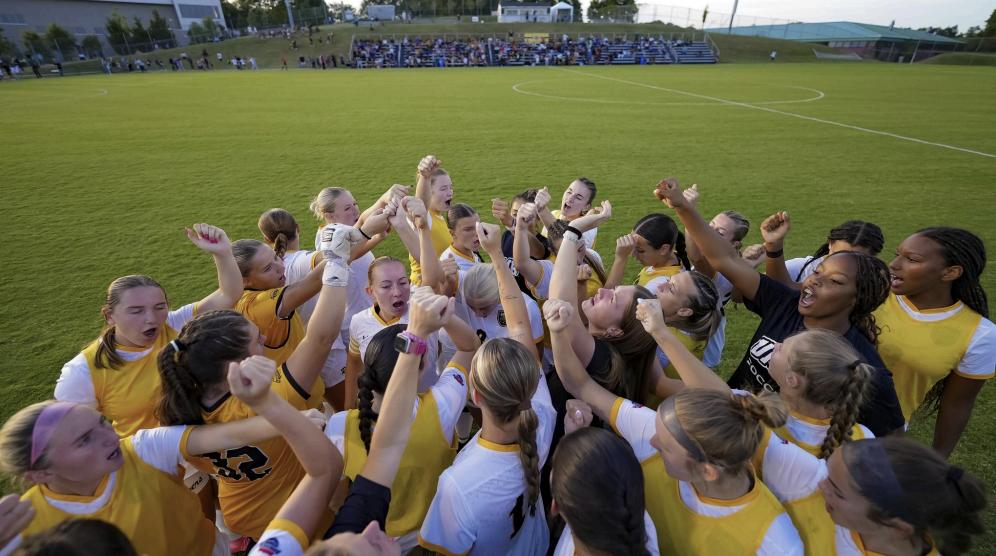Identifying accessibility barriers and discussing progress in campus accessibility improvements were at the forefront of the campus accessibility project update hosted by the University of Maryland, Baltimore County Facilities Management and the Office of Accessibility and Disability Services on October 21.
Currently, UMBC has 178 accessible parking spaces and 242 ADA-compliant restrooms. The naturally-hilly landscape of campus presented a challenge, so architects built into the geography, with multiple buildings allowing people to enter on one floor, and exit on a different one. Additionally, sky bridges link different buildings in the academic core without the requirement of multiple inaccessible stairways.
Campus planner Celso Guitan affirmed UMBC’s commitment to “eliminating remaining accessibility barriers” through their partnership with Facilities Management and the Office of Accessibility and Disability Services, annual updates to accessibility transition plans and community input.
Implementation requires funding from three main sources: State Capital Improvement funds to build and renovate within 2010 ADA guidelines, campus funds for smaller renovations and auxiliary facilities and through Access Maryland funds. Access Maryland is administered by the Maryland Department of Disabilities and provides funding for state-owned facilities to ensure individuals with a range of physical disabilities can fully interact with these facilities.
The program requires a minimum funding commitment of 30 percent from the University System of Maryland institutions. In 13 years, UMBC has been awarded $3,131,800 from the program to fund disability renovation, and since 2010, UMBC has invested $12,000,000 in campus improvements to remove physical barriers.
Once a proposal for an improvement is submitted, it takes three to four years for the project to be funded and completed. Access Maryland Funding has not been reduced this year as a result of the COVID-19 pandemic since it is a continuously supported, essential upgrade state-wide program.
Accessibility projects already completed on UMBC’s campus include:
- Building an accessible ramp at the lower level of Sondheim Hall/Math and Psychology Building
- Restroom renovations in Engineering Building
- The installation of single user, multi user and all-gender restrooms throughout campus that allow someone who has a personal assistant of a different sex to assist them
- 24 hour restroom availability in AOK Library
- Power operated doors in new active-learning classrooms in Sondheim Hall
- Updates to the outside of the Events Center, including new accessible parking on Hilltop Circle, improved connectivity to the stadium and expanded accessible parking during campus events
- Creating accessible routes linking east and west wings of the ILSB plaza
By the end of 2020, UMBC hopes to complete improvements to assisted listening and additional displays to support students with visual and hearing disabilities and replacing accessible lift in Administration Building 101 by Fall 2020 and create a new all-gender restroom (end of 2020) in Schwartz Hall of the Biological Sciences Building.
By 2021, upgrades to the Retriever Activities Center to increase access to wellness and recreation spaces are set to be completed as well as elevator upgrades and replacements to meet current safety codes in the Biological Sciences Building, Fine Arts South wing and Sondheim Hall North wing. The Fine Arts North and Sondheim Hall South service and ADA-compliant elevator improvements are scheduled to be completed by January 2022.
By 2022, UMBC plans to create an accessible route between the stadium, baseball, softball fields and Hilltop Circle. The university will also upgrade the Technology Research Center to fit it with new accessible entrance and parking, restrooms and drinking fountains and accessible door hardware in key spaces.
More long-term projects include an Access Maryland-supported project ($154,000 in Access funds and $67,600 in university funds) to replace door hardware on bridges, entries, teaching labs, classrooms and conference rooms and the building of new fully-accessible two-story building for University Health Services, Counseling, Health Promotions, Student Conduct and Community standards and Interfaith Center.
Director of the Dresher Center for the Humanities Courtney C. Hobson, M.A. ’14 thinks that Facilities Management is doing the best it can given the accessibility implementation process that is put in place by the state, but the process needs to change.
“I work in the PAHB so any trip to the lower half of campus requires a bit of calculation on my part to determine the best way for me to get down and come back up. On most days, I can navigate steps, but occasionally I have pain flare-ups and needing to use the elevators is the only way,” said Hobson. “I am constantly aware of which elevators are out and I have to give myself enough time to find the other accessible routes.”
She recommends that UMBC create a Disability Cultural Center so that the campus community could have more conversations and events focused on disability culture. Modeled off centers like that of the University of Arizona, Hobson believes that this would help students’ voices be heard by administration when it comes to making UMBC’s campus more accessible.
